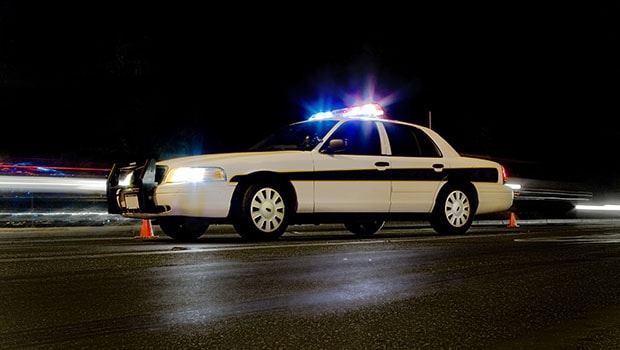Fatal Police Interaction Leads to Diabetes Safety Law

Not long ago, a North Carolina couple mourning their child’s death from undiagnosed diabetes pressed their state legislators to pass legislation promoting diabetes awareness education for parents of infants and toddlers. Now, a Florida man’s death following a traffic stop has prompted his family to successfully lobby Florida lawmakers to mandate diabetes emergency response training for police.
In April 2014, Arthur Green Jr. was stopped by a Tampa police officer responding to a call of a pickup truck slowly swerving between sidewalks and oncoming traffic, and colliding with other vehicles. The Tampa Bay Times reported that the first officer on scene suspected a medical emergency and attempted to take Green’s keys and help him out of his truck. Green resisted, appeared confused, and then became combative. The officer pulled Mr. Green from the vehicle, sent an “officer in distress” call (a step up in urgency from a call for backup), and handcuffed him.
The second responding officer, who had a family member with diabetes, recognized that Green was in severe distress from low blood sugar and summoned EMTs. Mr. Green stopped breathing and was resuscitated with a weak pulse, but he was later pronounced dead at the hospital. His blood glucose levels had dropped to 29 mg/dL.
Officials later learned that Green had suffered two diabetic emergencies in the weeks leading to his death. It seems likely, in hindsight, that he should never have been behind the wheel, but the regulations surrounding diabetes and driver licenses are confusing in the Sunshine State.
In the past few decades, Florida regulations have gone back and forth when it comes to diabetes and driver licenses. At one point, it was required that people with diabetes on insulin therapy have special licenses indicating such; at another, the only regulation was voluntary reporting of medical conditions that could impair driving ability.
Currently, according to an American Diabetes Association’s digest of state driving laws, the only Florida provisions addressing non-commercial drivers with diabetes is voluntary and allows for a medical alert to be marked on driver licenses.
The Tampa Bay Tribune account noted that Green wasn’t wearing a medic alert bracelet and had not told the police officers that he had diabetes. He was 63 and a good driver, with only one ticket in the past ten years. There would have been no record of a medical condition potentially affecting his ability to drive.
Following her husband’s death, Lena Young Green, a community activist, put her family and her political skills to work. Within three months, the Arthur Green Jr. Memorial Foundation and a social media campaign were created to lobby legislators and the governor to take action. The foundation has enlisted the support of the ADA to advance diabetes awareness and treatment as a public safety concern.
In response, state legislators passed the Arthur Green Jr. Act (2015 Fla. Laws Ch. 168), which requires the Florida Department of Law Enforcement to create online diabetes training courses for officers. In the same session, the legislature also created a Diabetes Advisory Council to guide the legislative and executive branches in “a statewide comprehensive approach to diabetes prevention, diagnosis, education, care, treatment, impact, and costs.”
As of publication time, the Florida Department of Law Enforcement had not yet issued administrative rules addressing the training requirement.
Katherine Gordon, a lawyer with the ADA, told the Tampa Bay Tribune that training requirements for state and municipal police officers are not uniform throughout the country:
Some departments are very good about (diabetes emergency response) training, but many have no knowledge of what diabetes is, what an emergency looks like and how police officers can correctly determine if there is a medical emergency and what can be done.
This is a shame because there is evidence that training EMTs about diabetes can lead to better medical outcomes for people with diabetes in crisis. Recently, a UK project to educate ambulance corps on emergency diabetic treatment reduced rates of diabetes-related emergency hospitalizations in one county.
It appears that an increasing number of state legislators are getting the message that it’s important to pass regulations to ensure people with diabetes get the medical care they need in crisis situations. Though these regulations are patchwork in nature, they represent incremental progress. Still, it’s sad that it takes a tragedy to hold that momentum.
Thanks for reading this Insulin Nation article. Want more Type 1 news? Subscribe here.
Have Type 2 diabetes or know someone who does? Try Type 2 Nation, our sister publication.